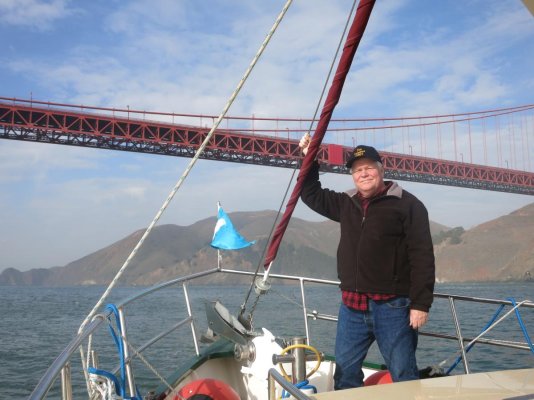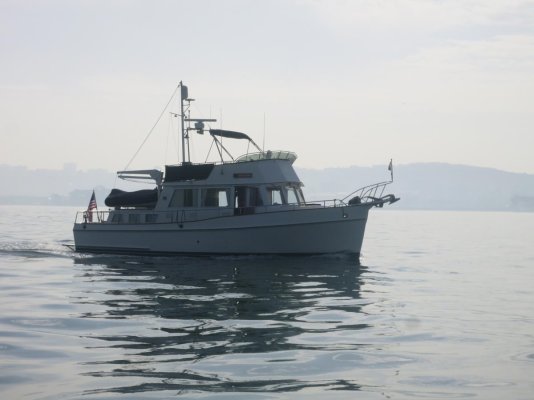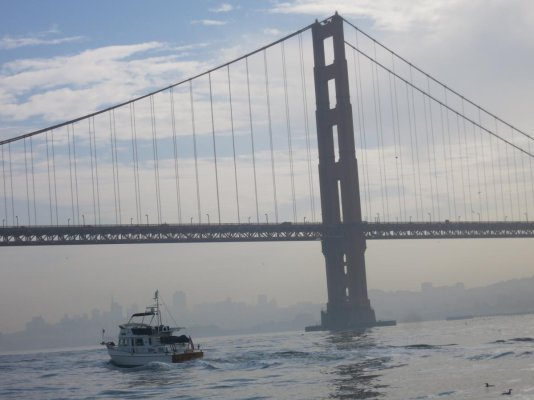I have owned a 1970 Willard 36 trawler for 20+ years. Last year, my wife and I and a third crew took her nonstop from San Francisco to Ensenada MX, 500 nms. Trip took 75-hrs and we had a blast. Late September through October is a known seasonal weather window along the coast. We are having a refit done in Mexico - from there we will likely head back north next spring to SE Alaska, then return south and slowly make our way to our home in Florida. I have moderated the Willard owners group for over 20-years and have collected a ton of history on these 36-footers. In the 1960s, owners were venturing long distances, even the galapogos islands. In 1987, a Willard 36 went to Hawaii. In 2005, I was aboard a friend's Willard 40 for the Baja Ha Ha as one of four powerboats - one of the other three was a classic 37-foot Taiwan trawler of 1970s vintage. Finally, I know of a 1972 Willard 30 that went from Ventura CA to Olympia WA this summer as the owner relocated.
If you don't already possess, a cruiser needs two fundamental skills: a modicum of experience which you can initiate with trips to Drakes Bay and Half Moon Bay. And weather forecasting - there are some great tools now, though many require a fee.
In my opinion, transiting the pacific coast doing day trips on a slow boat is impractical and stressful, so running at night is part of the practical experience that has to be acquired. A lot changed at night - 95% of which is mental. Boat movement feels accentuated. Plates rattling in the cupboard are amplified.
You now own what I consider to be the quintessential family trawler - the GB36. It is small enough to be super easy to operate in close quarters but big enough to really take you distances. There is a zen and finesse to GBs that is often copied but never replicated - they handle so very nicely. The GB36 has to be a Top 5 design of all time. Congrats.
Suffice to say your boat is capable of serious coastal cruising from Alaska to Maine, including the Caribbean. The limiting factor will be the people aboard. I will say that I've transited the coast 35-40 times, almost always northbound (mostly as a deliver skipper in the early 2000s). Getting out the Gate is a mental block. My typical strategy was to leave before first light when seas were at their flattest. For some reason, there was always stronger winds than expected getting out the Gate, and I always second guessed my decision to leave. But within an hour or two, seas would (usually) lay down to predicted weather.
All the above said, as another poster said, we loved the Delta and went as far as Sacramento a couple times. It's where I learned to truly read a tide chart.






